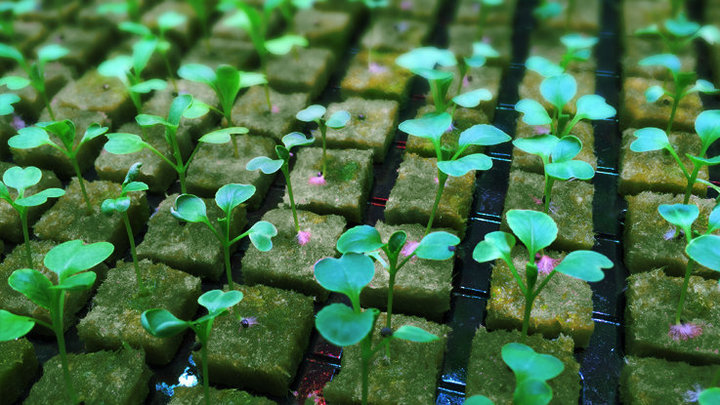The Swedish Revolutionize Indoor Urban Farms
In Stockholm’s central Kungsholmen district, Owe Pettersson is hoping to sow the seeds of an indoor urban farm revolution. Pettersson is the chief executive of Plantagon, a new Stockholm-based urban farming venture set to kick off operations in the basement of an office block in the Swedish capital later this month.
“This will be one of the most advanced food factories located in a city that we have today,” says Pettersson, who has spent more than 25 years in the insurance and banking industries.
Plantagon’s early promises echo this nascent optimism. Pettersson calls the farm’s approach “agritechture”: the combination of agriculture, technology, and architecture hoping to revolutionize how we live and eat. The Swedish startup says it will be more efficient than similar enterprises. Plantagon plans to grow high-value foods ― mostly salads and herbs ― in a pumice-like substance rather than soil. Water for the plants is measured with scientific precision. It will also dehumidify the air and reuse any excess water to ensure zero waste.
In conventional agriculture, the amount of water required to produce a kilo of food can vary from about 130 liters (34 gallons) of lettuce to 3,400 liters (900 gallons) of rice. In contrast, Plantagon says it will only need to use one liter per kilo for its crops. Energy is also a major issue for indoor urban farms, which have to create artificial sunlight. Although advances in the efficiency of LED lights have helped bring down energy consumption in recent years, plants use only about 1 percent of the artificial light produced. This leads to a colossal waste of energy, most of which disappears as heat. Plantagon says it will capture around 70 percent of this unused heat in its 6,500-square-foot basement farm, and pipe it into the heating system of the office block above. Oxygen produced by the plants will be sent to office workers via the building’s air conditioners.
The firm’s recent crowdfunding campaign raised 4.4 million Swedish krona ($559,000) that will help its ambition to install up to nine more urban farms across Stockholm over the next three years. The inaugural farm, which cost about $863,000, was backed by a group of private investors. Plantagon also has a charitable arm, which owns 10 percent of the business and commits to invest in innovative for-profit companies that seek to address societal challenges. People can invest in “generation shares” in the charity that cannot be cashed for seven generations.
The firm’s confidence that it can be profitable rests in part on reducing expenses, with lower costs for energy and water, and savings on rent. Plantagon has negotiated a three-year, zero-rent deal in exchange for the heating and clean air that its farm provides to the building.
Source: Huffington Post


